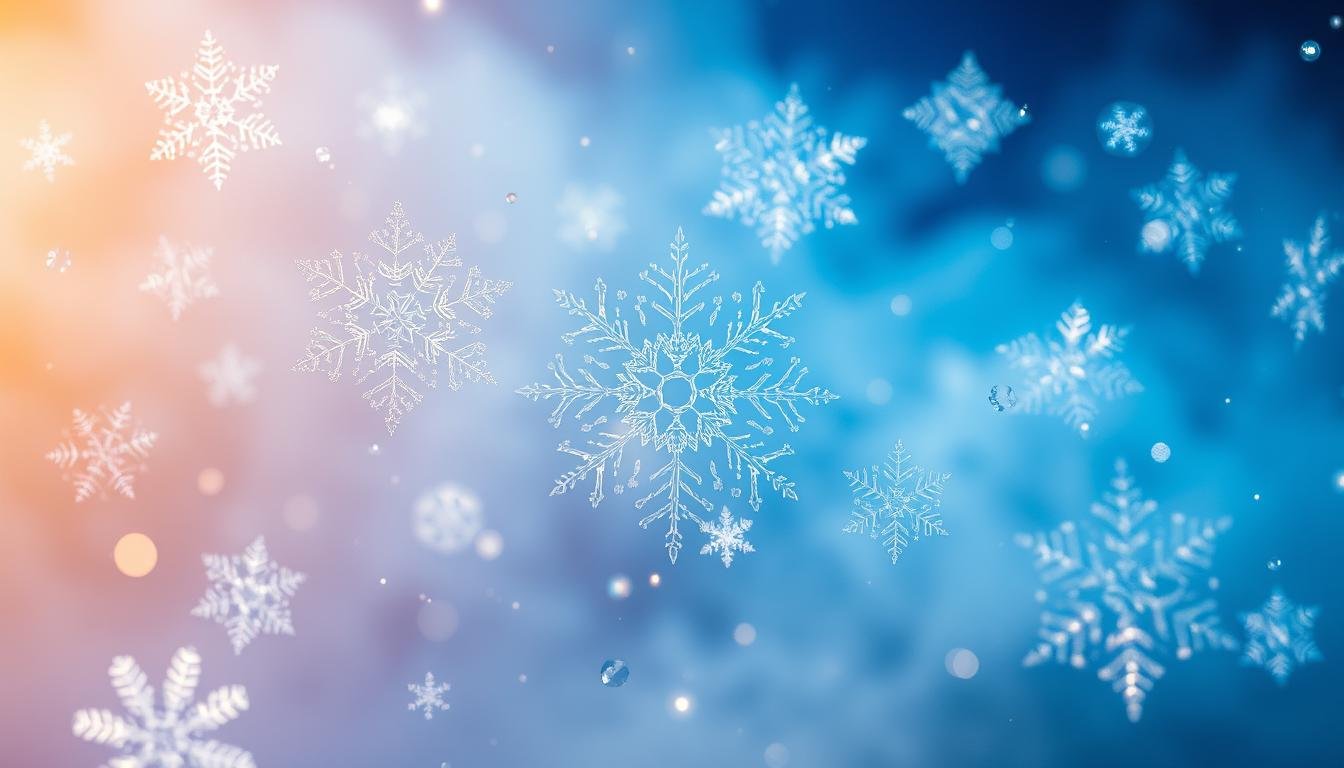As we enter 2025, it’s fascinating to note that each snowflake is likely unique due to the molecular bonding process, making it statistically improbable for two snowflakes to be identical. With the right tools and techniques, anyone can create beautiful and intricate snowflake designs, making drawing snowflakes a fun and creative activity. In this guide, we will explore the world of snowflakes, focusing on drawing, and provide an overview of the steps involved in creating these intricate designs, perfect for 2025.
I am a member of the editorial team at CSAC.org.uk, and I am excited to share my knowledge with you on how to draw snowflakes, a skill that requires patience, attention to detail, and practice. Whether you are a beginner or an experienced artist, our guide will walk you through the process of creating stunning snowflakes, covering the basics of drawing and the latest trends in 2025, including digital tools and mixed media, to help you create unique snowflakes.
Essential Tools and Materials for Snowflake Drawing
To create beautiful snowflakes, you’ll need the right tools and materials. Traditional drawing supplies such as paper, pencils, and markers are essential for creating intricate designs. Digital tools can also be used to enhance and customize your snowflakes.
When it comes to traditional drawing supplies, it’s best to use high-quality paper that can withstand multiple layers of drawing and coloring. A lighter pencil is recommended for initial lines, which can be erased later. For digital tools, there are many apps and software available that can help you create and customize your snowflakes.
- Pencils and markers
- High-quality paper
- Digital drawing apps and software
- A ruler for drawing straight lines
- Colored pens and pencils for adding color and detail
These tools will help you create unique and intricate snowflake designs. Remember to choose the right paper and surface for your drawing, and don’t be afraid to experiment with different digital tools and apps to enhance your creations.
Understanding Snowflake Symmetry and Structure
Snowflakes exhibit a unique symmetry and structure, with a six-fold symmetry due to the arrangement of hydrogen and oxygen atoms in their molecular structure. This symmetry is a result of the hexagonal shape of ice crystals, which is the foundation of snowflake formation. The structure of snowflakes is made up of billions of water molecules, resulting in a virtually zero probability of identical snowflakes due to the numerous possible arrangements.
The growth of snowflakes begins with a nucleus, which can be a dust particle or pollen, and the conditions for growth involve supercooled liquid water condensing onto this nucleus. The ideal conditions for intricate snowflake formation occur at specific temperature and humidity levels, with a sweet spot near the middle of the saturation curve. Snowflakes typically exhibit a six-sided structure, with approximately 95% of snowflakes conforming to this six-fold symmetry.

The mathematical symmetry of snowflakes can be described using group theory, specifically a symmetrical group of order 6 (D₆), which accounts for 12 different possible arrangements of the snowflake edges. Understanding the symmetry and structure of snowflakes is essential for creating realistic and intricate snowflake designs. By studying the science behind snowflake formation, we can gain a deeper appreciation for the beauty and complexity of these natural wonders.
Some key factors that influence the structure of snowflakes include:
- Temperature: Snowflakes form under specific temperature conditions, typically below -10 degrees Celsius.
- Humidity: High humidity conditions result in branching snowflakes (dendrites), while low humidity conditions lead to flat hexagonal snowflake shapes (plates).
- Nucleus: The nucleus of a snowflake, which can be a dust particle or pollen, plays a crucial role in its growth and development.
How to Draw a Snowflake: Basic Techniques
To create a beautiful snowflake, it’s essential to start with the core shape, which is typically a hexagon. This core shape serves as the foundation for the entire snowflake, and its symmetry is crucial in creating a visually appealing design. The core shape is usually made up of six sides, forming a hexagonal shape, which is a common characteristic in 100% of natural snowflake formations.
Once the core shape is established, the next step is to create symmetrical branches. These branches should be evenly spaced and symmetrical, reflecting the hexagonal structure of the core shape. The recommended number of symmetrical lines to draw a snowflake is 6, which reflects the hexagonal structure. By using basic techniques such as drawing straight lines and “V” shapes, you can create a stunning snowflake with symmetrical branches.
Some key tips to keep in mind when drawing a snowflake include using rotational symmetry to create a sense of balance and harmony. You can also experiment with different line thicknesses and angles to yield a variety of patterns, potentially increasing the diversity of designs by a factor of 3 to 5 times compared to a standard snowflake design. By mastering these basic techniques, including starting with a core shape and creating symmetrical branches, you can create intricate and beautiful snowflakes that showcase your artistic skills.
Advanced Snowflake Patterns and Design
Creating advanced snowflake patterns and design requires a combination of techniques such as layering, shading, and texture to produce intricate and realistic designs. With the help of digital tools and apps, artists can now create complex snowflake designs with ease. For instance, A Piece of Rainbow offers 12 unique snowflake templates, while It’s Always Autumn provides 6 free snowflake patterns and templates.
When it comes to advanced snowflake patterns and design, the use of advanced materials and tools is essential. Hot glue, sharp scissors, and a pencil are some of the essential supplies needed to create intricate snowflakes. Additionally, the technique for creating advanced paper snowflakes is similar to that of paper bag stars, which requires 7 brown paper lunch bags per snowflake. The use of Scotch tape and string can also help to mend and hang the snowflakes, making them more durable and visually appealing.
Some popular sources for advanced snowflake patterns and design include Anthony Herrera Designs, which offers 7 unique Frozen snowflake designs, and Omiyayer Blogs, which provides 3 sets of free snowflake templates. Furthermore, the use of cardstock and cutting machines like Cricut can make the process of creating intricate snowflakes easier and more efficient. With the right tools and techniques, artists can create stunning advanced snowflake patterns and design that can be used in various settings, from homes and offices to outdoor spaces.

Some of the key features of advanced snowflake patterns and design include symmetry, intricacy, and realism. To achieve these features, artists can use various techniques such as layering, shading, and texture. The use of digital tools and apps can also help to create complex snowflake designs with ease. By combining these techniques and tools, artists can create unique and stunning advanced snowflake patterns and design that can be used in various settings.
Digital Enhancement and Mixed Media Approaches in 2025
With the rise of digital technologies, artists can now explore new ways to enhance and customize their snowflake designs. Digital enhancement and mixed media approaches have become increasingly popular, allowing artists to push the boundaries of traditional snowflake drawing. By leveraging digital tools, artists can create intricate designs, patterns, and shapes that would be difficult or impossible to achieve by hand.
One of the key benefits of digital enhancement is the ability to use AI-assisted tools to create complex designs. These tools can help artists generate unique patterns, shapes, and forms that can be used to create stunning snowflakes. Additionally, mixed media approaches can be used to combine traditional drawing techniques with digital elements, creating a unique and captivating visual effect.

- Using AI-assisted drawing tools to generate complex patterns and shapes
- Incorporating augmented reality elements to create interactive and immersive experiences
- Printing and sharing designs using digital platforms and social media
By embracing digital enhancement and mixed media approaches, artists can take their snowflake designs to the next level, creating unique and breathtaking works of art that showcase their creativity and skill.
Conclusion: Mastering the Art of Snowflake Drawing
Mastering the art of snowflake drawing requires practice, patience, and dedication. As we conclude our discussion on this topic, it is essential to summarize the key points and takeaways from the previous sections. We have explored various techniques, tools, and materials needed to create beautiful snowflakes, from traditional paper cutting to digital drawing tablets.
To achieve a high level of proficiency in snowflake drawing, it is crucial to understand the importance of symmetry, structure, and attention to detail. With the right mindset and skills, anyone can create stunning snowflakes that showcase their unique personality and style. Whether you are a beginner or an experienced artist, the art of snowflake drawing offers a fun and creative outlet for self-expression.
Some key tips for mastering the art of snowflake drawing include:
- Using high-quality materials, such as sharp scissors and lightweight paper
- Practicing precision and patience when cutting and folding snowflakes
- Experimenting with different designs and techniques to develop your unique style
- Embracing the therapeutic benefits of snowflake drawing, such as relaxation and stress relief

In conclusion, mastering the art of snowflake drawing is a rewarding and enjoyable hobby that can be pursued by people of all ages and skill levels. By following the tips and techniques outlined in this article, you can create beautiful and intricate snowflakes that showcase your creativity and talent. Remember to always keep practicing, and most importantly, have fun and enjoy the process of creating something truly unique and special.
Final Thoughts and Future Projects
As we conclude our journey through the captivating world of snowflake drawing, it’s clear that the skills and techniques you’ve learned can be applied far beyond the realm of winter wonderlands. The intricate symmetry and delicate patterns of snowflakes serve as a springboard for endless creative possibilities.
Moving forward, consider exploring the integration of snowflake designs into other areas of art and design. Experiment with incorporating these icy motifs into textile patterns, stationery, or even architectural elements. The unique properties of snowflakes, such as their six-sided symmetry and the diversity of their shapes, can inspire innovative solutions and breathe new life into your creative projects.
Additionally, the digital tools and augmented reality techniques discussed in this guide open up a world of opportunity for experimental snowflake art. Embrace the power of technology to push the boundaries of your snowflake drawings, merging the physical and digital realms to create captivating hybrid pieces.
As you continue your artistic journey, remember that the humble snowflake is a testament to the beauty of nature’s intricate designs. By mastering the art of snowflake drawing, you’ve unlocked a gateway to a deeper appreciation of the natural world and the endless inspiration it can provide. Embrace the challenges, revel in the discoveries, and let your snowflake creations shine.












